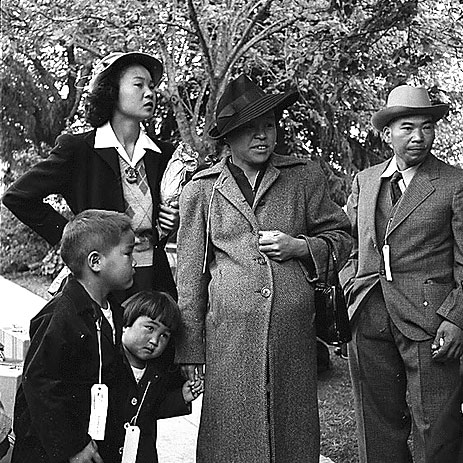Working with abstracts, entities and references
In constellations we sometimes introduce representatives for abstracts and entities, and to represent an unknown person.
Abstracts that are an aspect of reality:
- death
- life
- fate
- destiny
- time
- facts
- truth
Sometimes it is helpful to introduce a representative for a specific fact, such as, for example, "the war is over" (when a family member still emotionally lives in the war).
The following are abstracts that are a quality of ourselves that can function as a resource for the the client:
- strength
- courage
- integrity
- truthfulness
- love
- etc.
You will learn how to work with representatives for abstracts in constellations. They can sometimes focus the issue, or bring movement, or bring out a key event, or make clear which inner movement the client needs to make.
There is another category of non-personal representatives, called "entities". Examples of entities are:
- a country or nationality
- an ethnicity or ethnic group
- a religion or belief
- a culture
- the history of a nation or of a people
- etc.
You will learn how entities can be used to resolve issues that are connected to larger systems than the family system.
Representatives for an abstract or entity often change into a person during their representation. You will learn to recognize when this happens. One of the purposes of introducing an abstract in a constellation is to create a channel into which that what needs to be seen can appear: a person, or an event.
References are representatives that are designated by their role in what happened In the family.
Examples of references are:
- "the person who is responsible for what happened"
- "that which is pulling the client back"
- "that which is in the way of success"
- "that which is needed to be able to move forward"
- etc.
You will learn the advantages and disadvantages of using references.
home ▸ training program ▸ knowledge ▸ abstracts, entities and references
